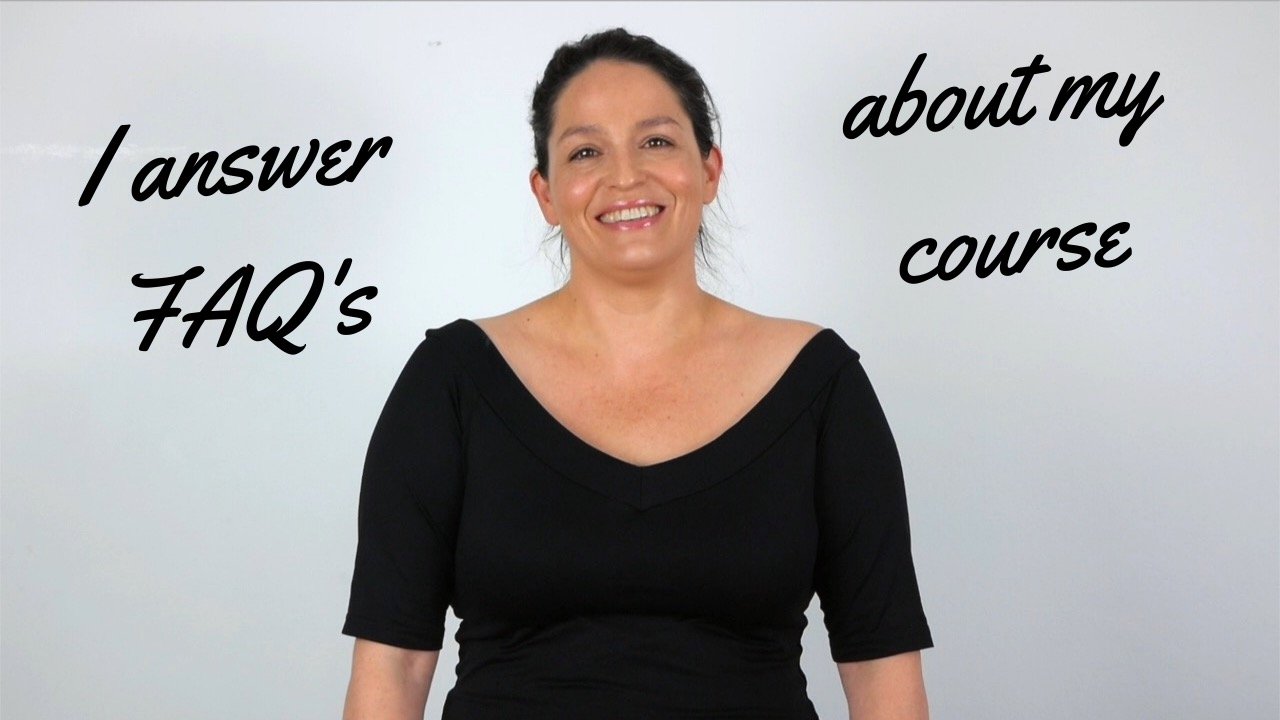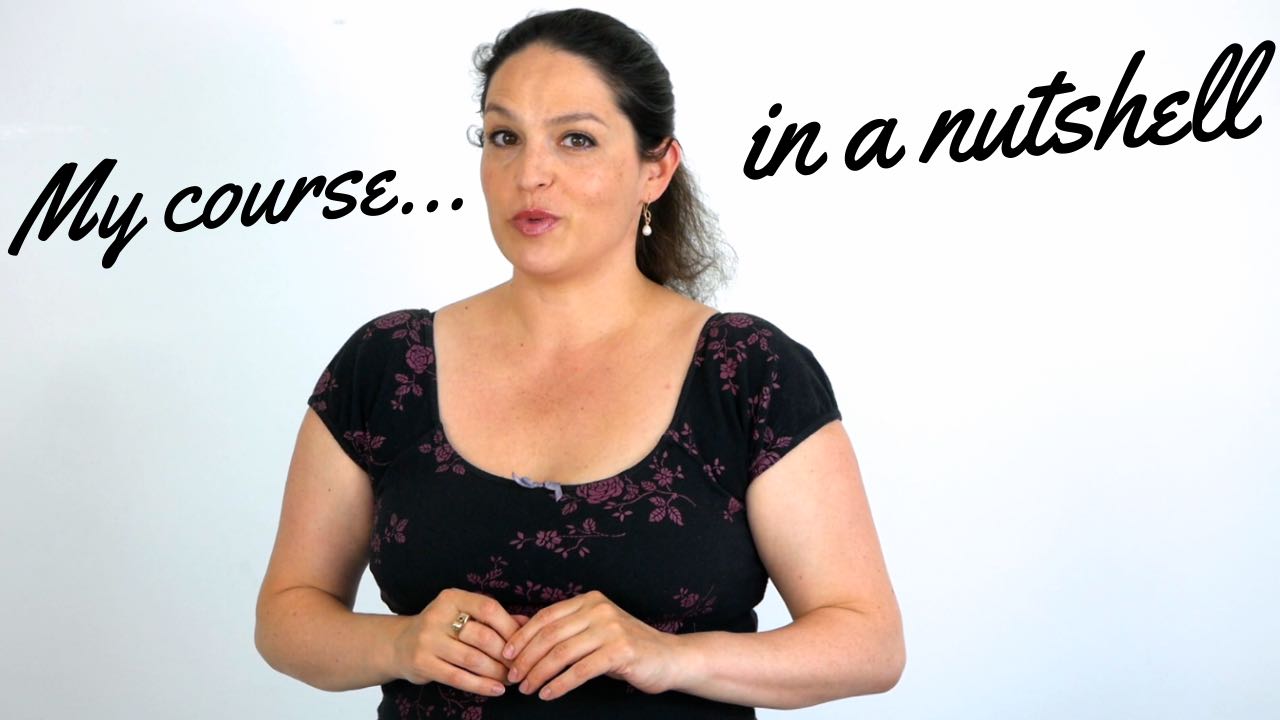When it comes to singing, I, Erik, Linors husband am a novice – albeit of a respectable age 🙂 As far as singing went, I had never gotten much further than humming along with my own guitar play. Only since my girlfriend Linor moved in with me, do I often get voice tips.
When I work in the study, I now and then catch things through the wall, where Linor gives singing lessons – she teaches in our Amsterdam apartment. Some principles of these lessons have surprised me. I’ll discuss three.
1. Singing out of tune is hardly mentioned
I never caught Linor telling me or another student: you’re singing out of tune. For sure, I sometimes miss a note, and of course she notices. But her tip always revolves around vocal technique. She might say things such as:
- Relax your jaw.
- Keep your neck straight.
- Pretend you’re a cheerleader that exclaims ‘whoahhhh!’
But never: sing higher or lower.
Her crede: the musicality will follow if the technique is in order. Whenever I ask something about pitch, I get the advice to NOT imagine a certain note as high or low.
‘Don’t try to physically reach for it. You need to get rid of the idea that notes are high or low in a spatial sense’.It might sound paradoxical, but it does work – and that goes for more advice, as you’ll see below. By the way, Linor explains more about this in the e-book you’ll get if you subscribe to the mailing list of SingWell.

Linor teaching me
2. Don’t overcomplicate singing: just let it happen
I have heard Linor once use the image of bubble wrap.
‘You already have a good voice, but because of bad habits it is covered in a layer of bubble wrap. Get that off!’This advice reminds me of what my table tennis coach often tells me: ‘Your body already knows how to hit a ball. Let it happen. Don’t get in the way with all kinds of complicated movements that your head comes up with.’Indeed, singing is basically not much more than:
- Standing up straight and relaxed
- Open your mouth wide
- Breathe
- Sing!
I know, I know – it’s easier said than done. Soprano Renée Fleming is reported to have said: singing takes ten minutes to explain but ten years to master.
But still. Why do so many people struggle with vocal issues? Because, apparently, we all let ourselves do things that we THINK are necessary. We think that our singing voice should be different from our speaking voice, so we add all kinds of effects.
For example, we want to endow our singing voice with a ‘beautiful’ timbre. We end up using too much air, which makes our vocal chords suffer.
Or we try harder to reach our audience, pushing out the sound, as it were. We over use our neck and throat muscles, which only hurts a natural and loud voice.
3. Scales are not out of fashion
It might be strange that singing students still learn how to do scales, or fragments thereof. Maybe I was naive in thinking that a pedagogical revolution must have taken place in the field of vocal education.But no. The lessons I hear through the wall, revolve for about half of the time about practicing vocal technique by doing scales. One could say: an analytical approach to singing. First getting the basis straight before we try songs.
Do you manage to keep your jaw, neck and schoulders right when singing a scale? Then you might also be able to do it when singing a song.Again, this approach reminds me of what my table tennis private trainings look like. There, too, we always start out with repetitive, isolated hits and short patterns (backhand, backhand, forehand). Only later will we move on to more natural situations like short matches.
This all begs the question about how practicing sports and the arts are related. I’ll keep thinking about it. And I’ll keep practicing both.
Interested in my development stuff? Also read: when I started learning to sing in June 2017. And my progress as of December.
Want to know how you practice singing effectively between lessons? See the course.





